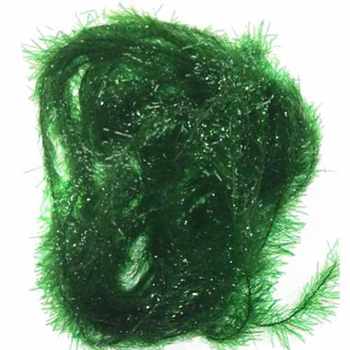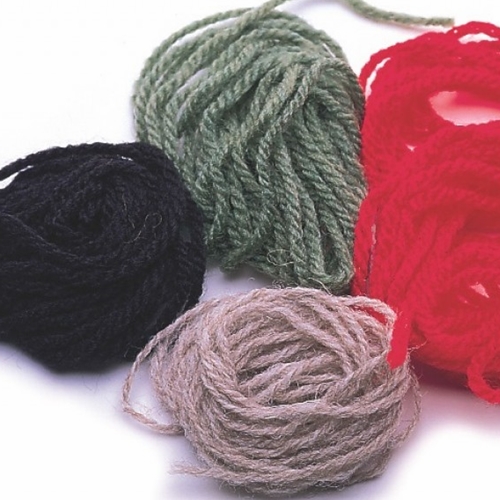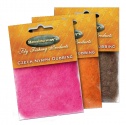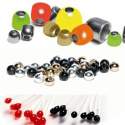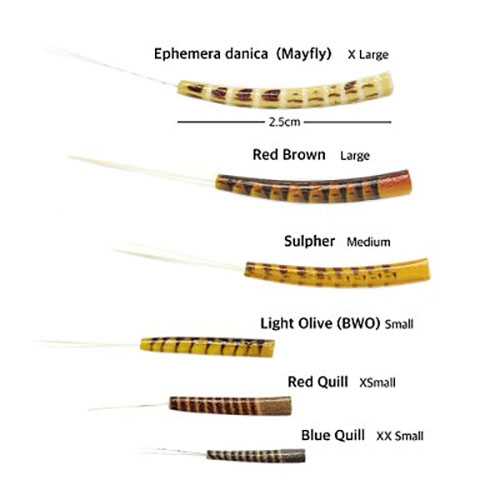Choosing Fly Tying Vices By From
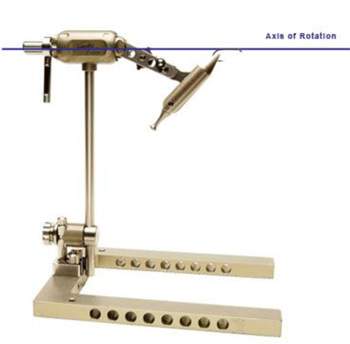 Regularly we are asked "I'm looking to buy a new fly tying vice, I currently use a basic lever vice but would like to get a rotary. Just when I think I've found the right one, someone tells me it's no good."
Regularly we are asked "I'm looking to buy a new fly tying vice, I currently use a basic lever vice but would like to get a rotary. Just when I think I've found the right one, someone tells me it's no good."
This is a question that has many implications, firstly a lever vice is talking about the way hooks are clipped into the vice, using a lever hence the phrase lever vice. Rotary vices can have lever or screw actions to tighten grip on the hook. However the real issue is that there are different types of rotary vices. There are lots of vices on the market that are sold as rotary vices. And indeed most of them can rotate in one way or another. But in order to be what I define as true rotary the vice has to live up to certain demands:
1) The axis of rotation has to be the same as or very close to the axis of the hook shank. So when the hook is mounted horizontally the vice will keep the eye and the shank in the same level when the rotating part of the vice is turned.
2) The hook has to be able to turn 360+ degrees without steps. This is an advantage for some tying techniques like trimming deer hair, winding ribbing or even simply varnishing heads which you can get on smooth and evenly with a rotary vice. A good rotary has no dead points, click stops or anything else that hinders the positioning of the hook. Really the vice must be able to turn more than one round in the same direction.
3) The hook must be able to turn in both directions - clockwise and counterclockwise.
Fly Tying Vices - Designed To Obtaining A Grip On A Hook
While it is actually possible to grip the fly hook using your fingers also it is superb to observe older established fly tyers making dressed salmon fishing flies totally by hand though this is not customary these days, with fly fishing fly hooks going to sizes as small as to size 24 or 32 the bulk of fly tyers wouldn't dream of tying a fly fishing fly without having a vice. The right fly tying vice is going to be uncomplicated to use, grip the fly hook securely and fits a variety of hook sizes. Styles of vices incorporate lever action which is sufficient for many tyers, nevertheless for big pike, bass or sea water fly designs a spring loaded vice is possibly utilized. On the whole fly tyers prefer a simple lever action that's pressed down once taking into consideration the jaws have been altered to match that size of fly hook. The vice jaws ought to be hard tempered in order to resist many years of wear. Vices come with C Clamps which fasten to your desk or tying surface or instead pedestal types, first-class vices may have both possibilities. Pedestals must be heavy enough so that they stay in one position while you tie your fly fishing fly. These are in general less transportable than C Clamp vices because of the weight within the stand. Vices can frequently possess replaceable heads enabling various kinds of fly hooks to get connected. Specialist attachments might be available for tube fishing fly tying. As a final point you can get tiny streamside vices, exceedingly petite vices for you to bring into play at the waters edge to match the hatch.
Clamp or Base?
Vices come with clamps or metal bases, these are essential part of the vice to consider. Clamps are great as they can be made to clamp a desk or fly tying workstation. However if you use a base for your vice then there are 2 things to check for, firstly weight of the base. Make sure that the base is heavy enough to stop the vice moving and secondly a great investment is a kitchen or car non slip mat. Put this on your table or workstation and place your vice on top, these are really invaluable to ensure that your vice does not slip!








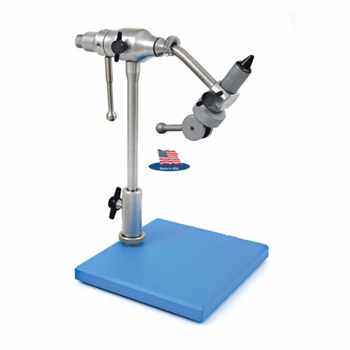
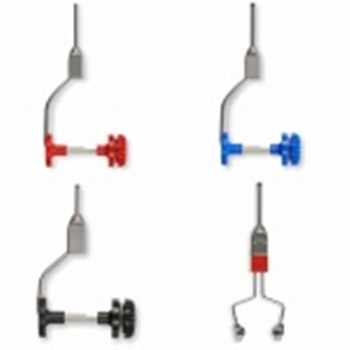
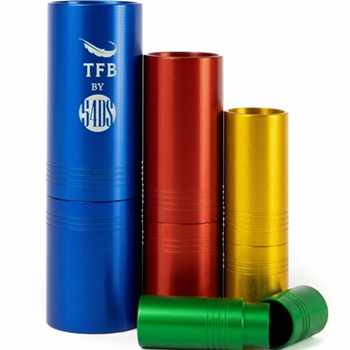
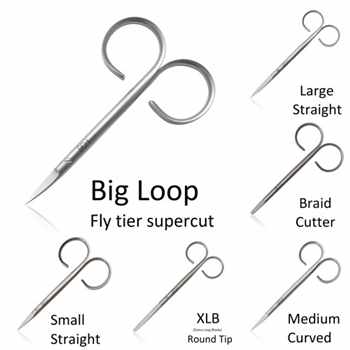
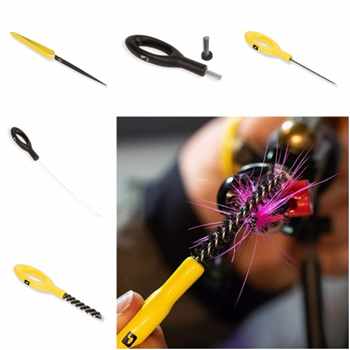
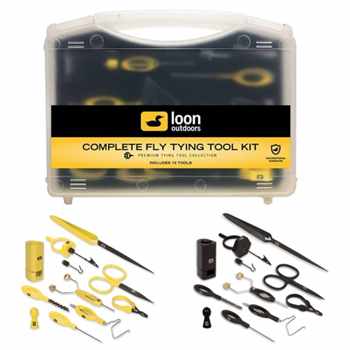
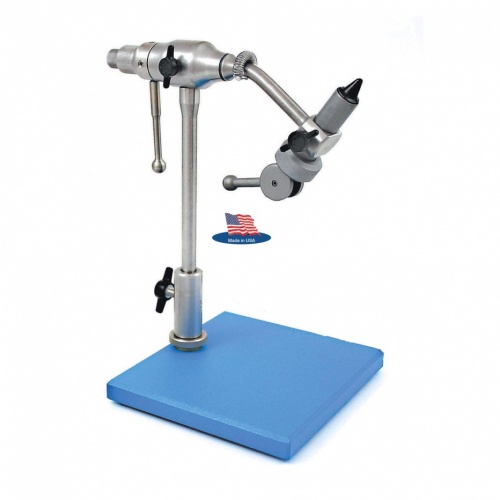
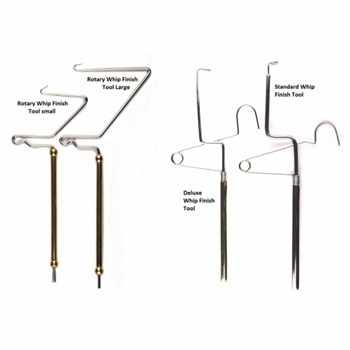
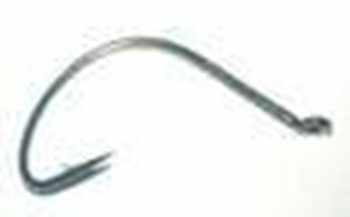
.jpg)



